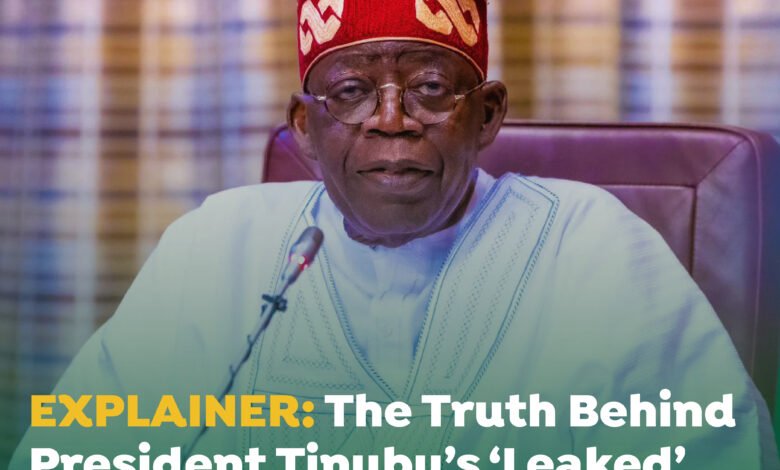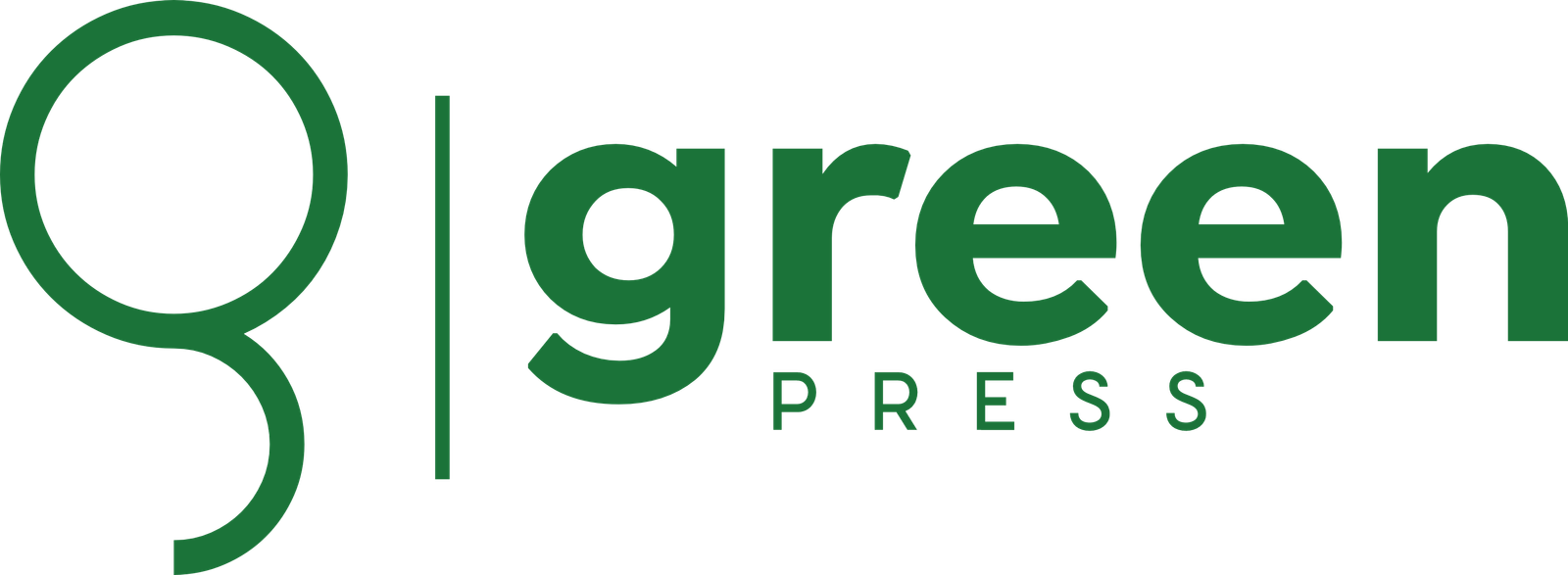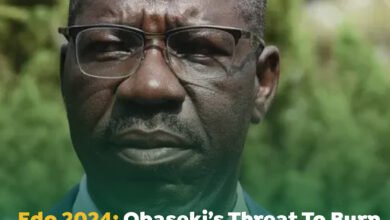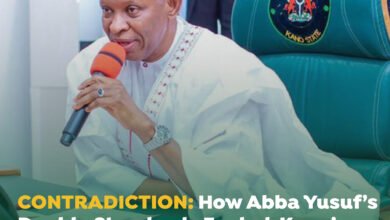
On August 4, 2024, President Bola Ahmed Tinubu addressed Nigerians through a live broadcast, aiming to quell tensions and destruction caused by the ongoing ’10 Days of Rage’ protest.
However, hours before the broadcast, his speech was shared on social media, sparking claims of a leak and criticism from public commentators and politicians.
The alleged leak raised questions about the presidency’s handling of sensitive information and its relationship with the media.
Standard procedure
To understand the circumstances surrounding the sharing of the speech, it’s essential to examine the standard procedure for presidential broadcasts.
In Nigeria, the presidency shares a copy of the speech with mainstream media, particularly print media, hours before the broadcast. This practice allows media organizations to familiarize themselves with the content and disseminate accurate reports.
The speech is typically shared with editors, who review and strategize its dissemination. Junior journalists may not have access to the speech until publication or broadcast time.
This practice is not unique to Nigeria; it’s a common procedure worldwide. Presidential speeches are often shared with media organizations before the broadcast to ensure accurate reporting and citizen awareness.
Global practice
Aside from Presidencies across the world, it is worthy to note that large multilateral organisations such as the United Nations (UN), African Union (AU) and other international non-governmental organisations also engage in this practice.
While the presidency’s actions may have created distrust, our investigation suggests that the sharing of the speech was not a leak but rather a standard procedure.
The presidency’s decision to share the speech with media organizations was likely intended to facilitate accurate reporting and inform citizens about the president’s address.
However, the presidency should clarify its dissemination process to avoid future misunderstandings.
The public’s perception of a leak may have been fueled by the lack of transparency surrounding the sharing of the speech.
By explaining the standard procedure for presidential broadcasts, the presidency can maintain trust with media organizations and the public.
The incident highlights the importance of clear communication and transparency in governance. The presidency’s relationship with the media is crucial in ensuring accurate information reaches the public.
By understanding the standard procedures surrounding presidential broadcasts, citizens can better appreciate the complexities of governance and the role of the media in disseminating information.





